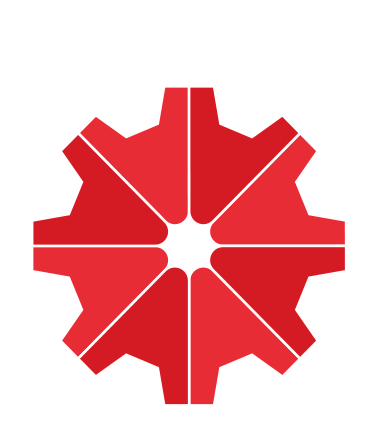
SafeStart
Detecting and preventing aflatoxin exposure for mothers & babies
“Mothers and babies form an inseparable biological and social unit; the health and nutrition of one group cannot be divorced from the health and nutrition of the other.” – World Health Organization
The aflatoxin B1 is among the most potent genotoxic and carcinogenic mycotoxins[1]. Aflatoxins are produced by molds that grow naturally in soil, decaying vegetation, hay, and grains, mainly in tropical and subtropical regions such as sub-Saharan countries. Children exposed to aflatoxin can experience grave consequences, including stunting.
The Challenge: Protect children from aflatoxin exposure from day 1
In regions where aflatoxin B1 is prevalent, chronic consumption of contaminated foods can provoke serious health problems, such as liver cancer risk, immune deficiency and more. Notably, it can also stunt growth in children[2]. Several studies have reported the presence of aflatoxins in the blood of pregnant mothers as well as cord blood, meaning that children may be affected even before they are born. Newborns fed with human breastmilk can also be exposed to aflatoxins during the post-natal period[3]. If this is followed by a first solid food that is also contaminated, a child may be exposed almost continuously from their earliest days.
- “Aflatoxins are likely to be a contributing factor in the 4.5 million deaths of children under 5 in sub-Saharan Africa each year.”[4]
- “In 2020, globally, 149.2 million children under the age of 5 years of age were stunted. The number of children with stunting is declining in all regions except Africa.”[5]
- "In Africa, the number of stunted children has steadily increased from 50.6 million in 2000 to 58.7 million in 2017.”[6]


Our adapted solution: A portable food analyzer to detect aflatoxin in agriculture
As aflatoxin exposure can start early in a child’s life – and the earlier, the more potentially harmful – we aim to help prevent exposure right from the start. This project involves the design of an innovative portable food analyzer to detect aflatoxin contamination where it originates, working closely with future partners and local stakeholders. The main intended features of this hand-held device include :
- Adapted to the sub-Saharan context (tropical climate, humidity, high temperature and sand)
- User-friendly, easy to operate
- Low-cost thanks to focusing on essential functionality
- Able to detect aflatoxin B1 accurately and consistent
- Easy analysis at each step of the food chain production : pre- and post-harvest
In parallel to the technological development of this analyzer, we envision partnerships in education initiatives about the importance of the issue, and safer farming and storage practices to prevent contamination.


SafeStart aflatoxin detection project status
This project is in the initial needs assessment, goals and definition of concept phase.
Project coordinator
Dr. Anna Surowska

[1] Jie Li and Mengxi Liu 2019
[2] Kiarie GM,2016 ; Y Y Gong 2002,
[3] Hsieh Ling-Ling et al., 1993; Kabthymer R. H., et al., 2022; Makun H. A. et al., 2016
[4] The Partnership for Aflatoxin Control in Africa (PACA), 2015, https://www.aflatoxinpartnership.org/wp-content/uploads/2021/05/PACAMarketing_2015_sep30.pdf
[5] The UNICEF/WHO/WB Joint Child Malnutrition Estimates (JME) group released new data for 2021
[6] The 2021 Global Nutrition Report: https://globalnutritionreport.org/reports/2021-global-nutrition-report/
Projects, programs & leadership initiatives


